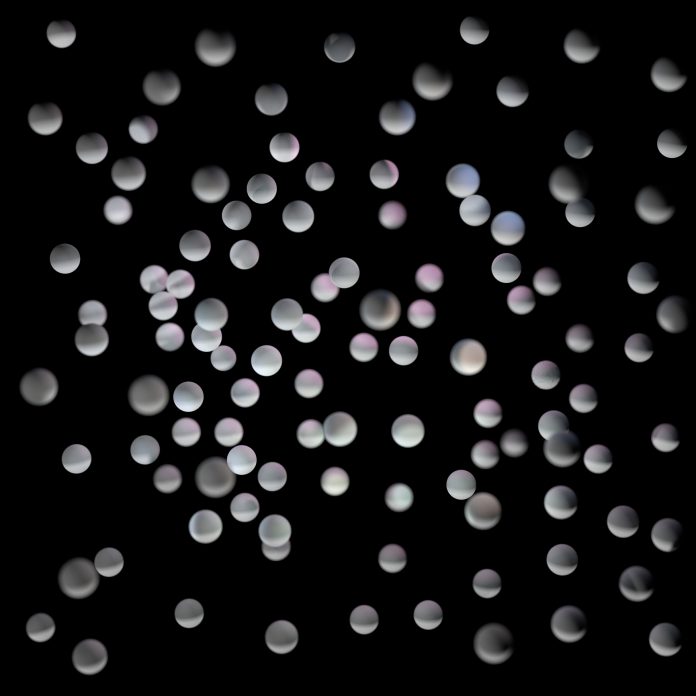
A team of researchers at Ruhr University Bochum, Germany report that newly developed photo-activated nanoparticles effectively kill metastatic cancer cells. The investigators also devise a way to labeled the nanoparticles in such a way that immune cells learn to eliminate similar cells throughout the body which could even mean undetected metastases can be treated. The research, led by Johannes Karges, PhD, of the faculty of chemistry and biochemistry, is published in the journal Nature Communications.
“Tumor metastases are considered the leading cause of cancer-associated deaths,” the researchers wrote. “While clinically applied drugs have demonstrated to efficiently remove the primary tumor, metastases remain poorly accessible. To overcome this limitation, herein, the development of a theranostic nanomaterial by incorporating a chromophore for imaging and a photosensitizer for treatment of metastatic tumor sites is presented. The mechanism of action reveals that the nanoparticles are able to intervene by local generation of cellular damage through photodynamic therapy as well as by systemic induction of an immune response by immunotherapy upon inhibition of the mTOR signaling pathway which is of crucial importance for tumor onset, progression, and metastatic spreading.”
“While we now have effective methods to combat primary tumors, metastases are still very difficult to treat,” explained Karges. “Ninety percent of people who die from cancer die from metastases and tumor regression, not from the primary tumor.”
He and the international team developed a drug packaged in nanoparticles that are administered into the bloodstream. “Tumors grow rapidly and uncontrollably, and their tissue is therefore leaky,” he described. “Unlike in healthy tissues, the nanoparticles therefore accumulate in them easily.” This also means that the particles preferentially accumulate in tumor cells.
At the time of administration, the drug is still ineffective. It only takes effect when activated with light. If there are sufficient nanoparticles in a detected tumor, they can be activated by irradiation with light, for example during surgery. After this energy supply, the active species ensures that immunogenic cell death occurs: the tumor cells containing the photoactivated nanoparticles are eliminated, and the tumor treated by this method disappears.
The researchers also reported the nanoparticles and their light-induced effect cause massive oxidative stress in the endoplasmic reticulum of the cells of the treated tumor. “This alerts the body’s own immune system,” explained Karges. “The immune cells recognize that something is going completely wrong in cells of this type, and that such cells therefore need to be eliminated.” This applies not only to the cells of the photo-treated tumor itself, but to all cells of the same kind throughout the body. “Accordingly, the immune system starts looking for further metastases and renders them harmless,” said Karges.
The research team proved this active principle in experiments on cancer cells and in animal models. They are now looking for potential partners to do further studies.
“Now, we’re looking for industrial partners who will help us undertake more in-depth studies,” said Karges. He expects that several more years of development work will be needed before the technology can be widely used in clinical applications.













